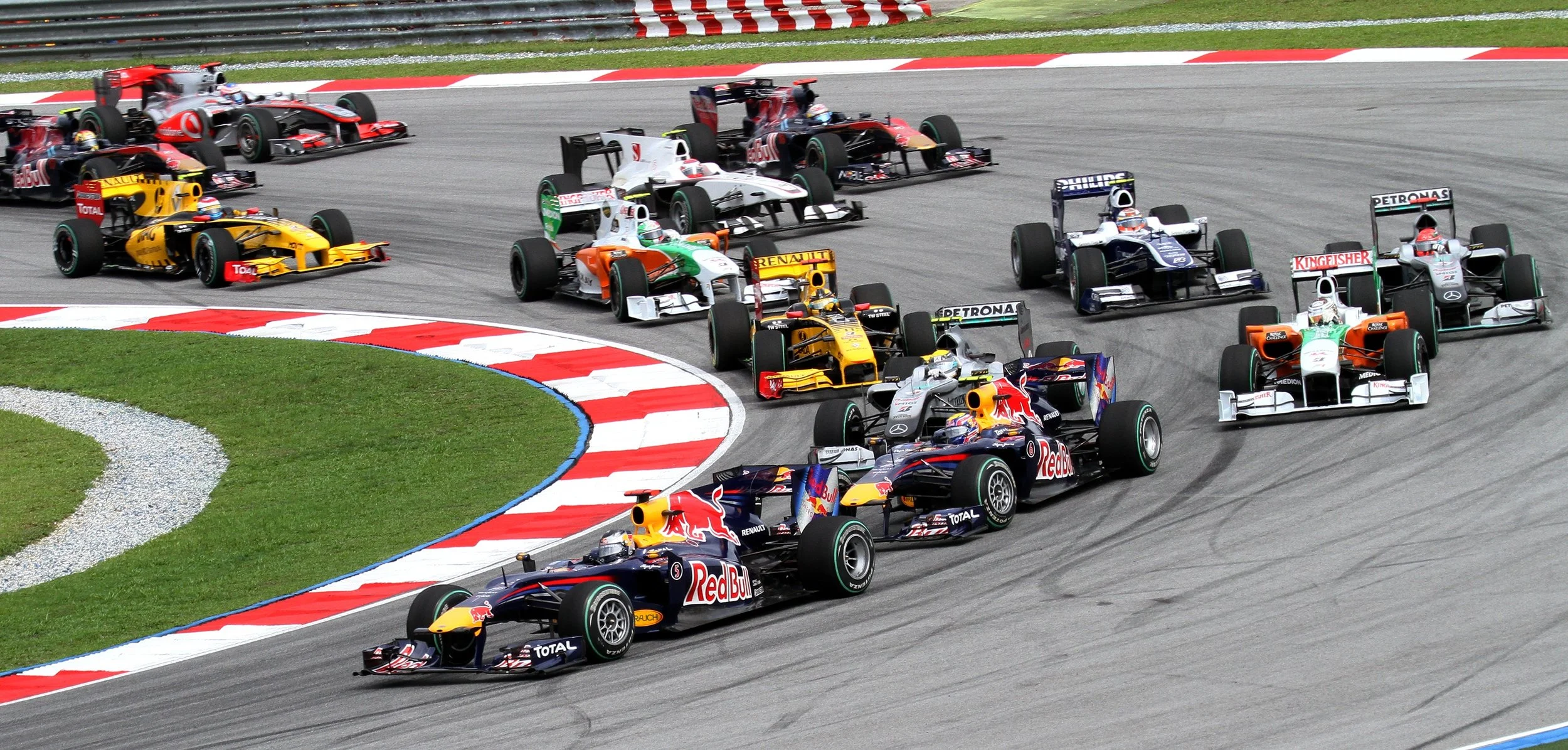If you're in retail, you've heard these gems:
"Your customer service people are your lifeblood."
"Location, location, location."
"Brand awareness is everything."
We can't deny that each has an element of truth, but on their own they're incomplete answers to the complex puzzle of retail performance. To identify new opportunities and remain competitive, you need to have a holistic understanding of many factors that can move the needle on business results. Start by reading about seven of them right now.

















